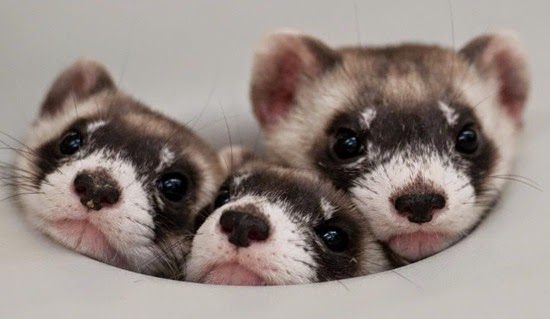
8 Animals Pulled Back From The Brink Of Extinction
By Bryan Nelson, Mother Nature Network, 25 June 2014.
By Bryan Nelson, Mother Nature Network, 25 June 2014.
Not dead yet
According to scientists, life on Earth is experiencing one of the worst mass extinctions in history - the so-called Sixth Extinction, or Holocene extinction. Of the 47,677 species assessed by the International Union for Conservation of Nature, 17,291 of them are threatened. That's an astounding number, and that's just for the small percentage of species that have been assessed.
In spite of the grim numbers, however, there are some success stories. Several animals have looked extinction in the eye and turned things around. These conservation success stories offer hope that life can recover.
In that spirit, here's our list of eight animals that have come back from the brink.
Suggested Stories: (1) 10 of the cutest endangered species; (2) 10 odd ways we protect endangered species.
1. Bald eagle
It's hard to believe that Americans almost let their national bird go extinct in the U.S., but by the end of the 1950s, bald eagle numbers had been reduced from a population of 300,000-500,000 to just 412 nesting pairs in the 48 contiguous states. The prime culprit in the birds' decline was the use of the pesticide DDT. Bald eagles were finally declared an endangered species in 1967, and the use of DDT was banned in 1972. Since then, the population has rebounded remarkably. An estimated 10,000 breeding pairs exist in the U.S. today, and the bald eagle was officially removed from the U.S. government's list of endangered species on July 12, 1995.
Suggested Stories: (1) 11 animals that mate for life; (2) Bald eagles: A conservation success story.
2. Black-footed ferret
Here's a species that has literally returned from extinction: Black-footed ferrets were declared extinct in 1979. Luckily, however, that declaration was discovered to be premature when a small population of the ferrets was found alive in Wyoming. A captive breeding program was initiated, beginning with just 18 individuals. The odds began small, but today more than 1,200 of the ferrets exist in the wild.
3. Southern white rhino
The southern white rhinoceros is one of the great success stories of conservation. By the late 19th century, there were only about 100 individuals left, with the species hovering dangerously close to extinction. After more than a century of protection, however, the population stands at more than 20,000, primarily in South Africa. The effort offers hope that other, more severely endangered rhinoceros species can also recover - though all species of these great beasts remain highly endangered.
Suggested Stories: (1) Baby rhinos get second chance in South African orphanage; (2) 8 species on life support.
4. California condor
The largest North American land bird, the California condor, became extinct in the wild in 1987 when the remaining 22 individuals were captured for conservation purposes. A captive breeding program, led by the San Diego Wild Animal Park and the Los Angeles Zoo, got off to a bumpy start but has developed into a great conservation success story. The world population of California condors is now about 350 birds, and more than half of them have been successfully released back into the wild in the skies above California, Arizona and Baja California, Mexico.
5. Humpback whale
Like most of the great species of baleen whale, humpbacks were decimated by commercial whaling that occurred worldwide before the 1980s. Estimates say populations of these majestic, harmless beasts were reduced to just 2 percent of their original numbers. Thanks to an international ban on whaling, however, numbers have steadily bounced back. The worldwide humpback population is now at least 80,000. Though that's still a far cry from historical numbers, these whales are safely on their way back.
Suggested Stories: (1) 8 wilderness icons under threat; (2) 15 endangered species that are still on the menu.
6. Oregon chub
Endemic to the Willamette River Valley of western Oregon, the Oregon chub was once a common fish in its native rivers and streams. Heavy development along the Willamette River radically changed this fragile fish's habitat, however, and by the 1990s, when the species was officially listed as endangered, numbers had declined to fewer than 1,000. The U.S. Fish and Wildlife Service put a recovery plan in place in 1998, and just 16 years later a proposal has been made to remove the chub from the list of endangered and threatened species. An estimated 160,000 individuals are believed to be alive today.
Suggested Stories: (1) U.S. endangered species list finally saves a fish; (2) Which U.S. states have the most endangered species?
7. Przewalski's horse
Unlike most species of so-called "wild" horses, the Przewalski’s horse is unique in that it was never domesticated. It therefore represents one of the only true wild horses left in existence. Tragically, however, after steadily declining for decades, the rare animal was declared extinct in the wild after not being seen since the 1960s. A breeding program was initiated involving the last 14 captive individuals in existence. Amazingly, the species has rebounded. Now, about 1,500 animals remain in zoos and breeding facilities, and nearly 400 horses roam reintroduction sites in Mongolia and China.
Suggested Stories: (1) 10 things you didn't know about the last wild horses on Earth; (2) Lazarus species: 13 'extinct' animals found alive.
8. American bison
The American bison once defined the North American landscape, roaming in massive herds of tens of millions from Alaska to Mexico. But as commercial hunting increased and domestic bovine diseases were introduced into wild bison populations, the species declined sharply. Modern conservation efforts are helping bring this iconic creature back from the brink of extinction in the wild, however. Today, roughly 500,000 bison remain in North America, and about 20,000 of those roam the wild, mostly within the protective borders of national parks like Yellowstone.
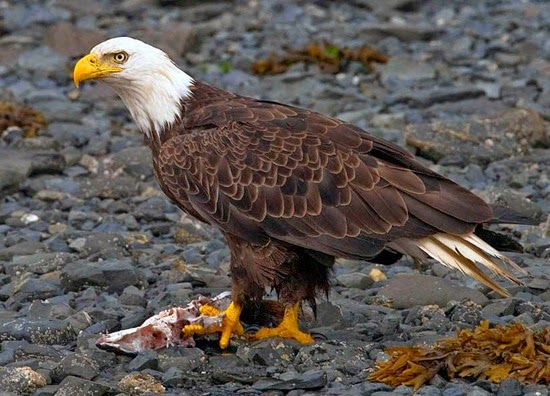
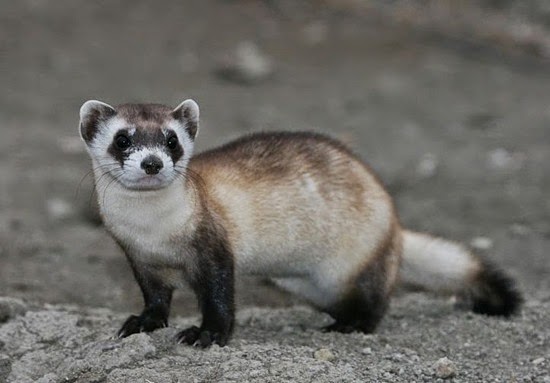

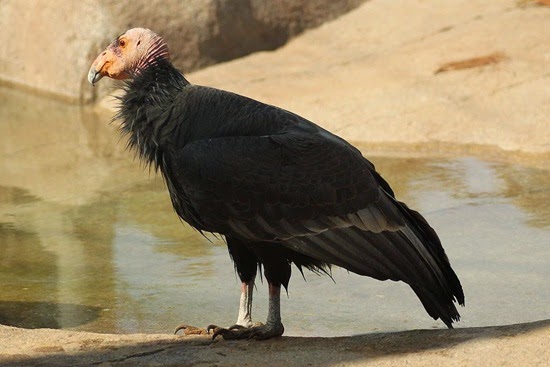
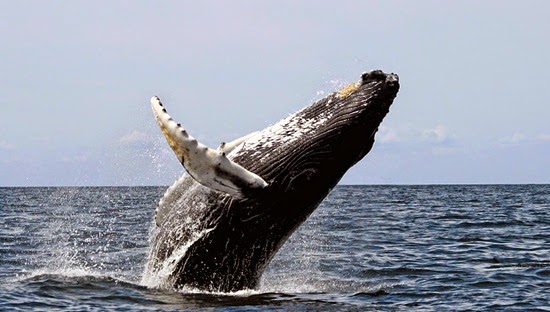

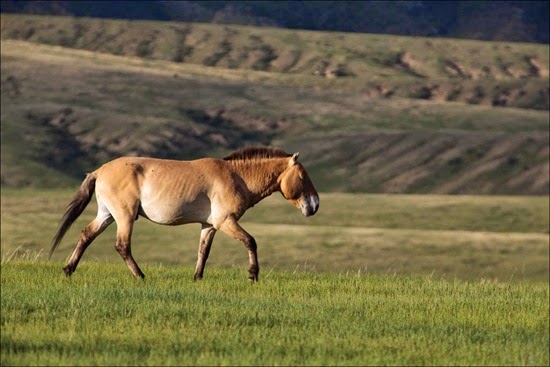
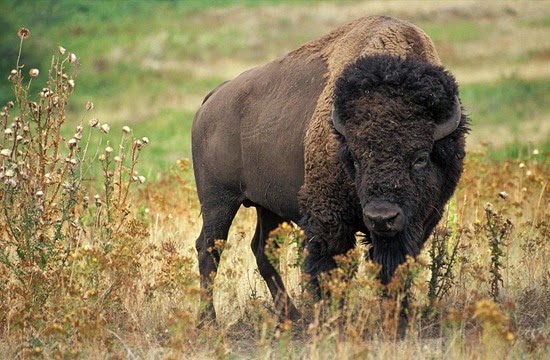
No comments:
Post a Comment
Please adhere to proper blog etiquette when posting your comments. This blog owner will exercise his absolution discretion in allowing or rejecting any comments that are deemed seditious, defamatory, libelous, racist, vulgar, insulting, and other remarks that exhibit similar characteristics. If you insist on using anonymous comments, please write your name or other IDs at the end of your message.